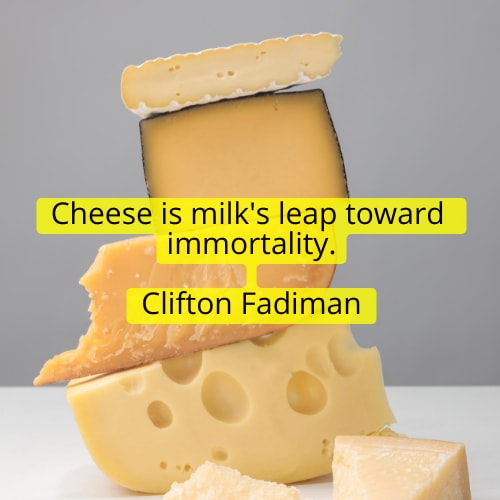How ‘Cheers’, ‘Cheese’ and other exclamations change around the world
You’d think that around the world, Say Cheese!, Bless You! and Cheers! were standard responses to posing for a picture, responding to a sneeze and raising a toast.
But to secure a picture of everyone looking happy, old Czech photographers use the phrase “Pozor, Vyleti ptacek”, which literally means “Watch out, a bird will fly out [from the camera]”. French has “Cerise” (Cherry). Danish has “Sig appelsin” (meaning, “Say orange”). In Bulgaria it’s “Zele!” or “Cabbage!”. In Chinese: “Qiézi” (meaning, “Eggplant”). In Indonesian: “Buncis! (“Green beans!”). And in Russian: “Skazhi izyum!” (meaning, “Say raisins!”).
The English say “Cheese” because it shapes the mouth into a smile. Of all of them, Hindi is perhaps the most direct and self-explanatory: “Daat dikhao!” or “Show your teeth!”
As for the act of sneezing, in Japan, one sneeze signifies praise (ichi home); two sneezes, criticism (ni-kusashi); three sneezes, disparagement (san-kenashi) while four or more sneezes suggest, rather understandably, that a cold is on its way (yottsu-ijo wa kaze no moto).
Meanwhile, in Mexico, one sneeze is answered with the word salud (health); two sneezes with dinero (money); three sneezes with amor (love); four or more sneezes with alergías (allergies). Laughter often accompanies four sneezes, because health, money and love are obviously preferable to allergies. In response to someone sneezing, the Germans say “Gesundheit”, or “Health to you”. The French say “À tes souhaits”, literally “To your wishes”.
In Tonga, a sneeze is often taken to be a sign that your loved one is missing you. In Brazil, they say “Saúde” (“Health”) and the sneezer answers “Amen”. In Arabic, the sneezer says, “Alhumdullilah” (”Praise be to God”) first, to which the other person responds, “Yarhamukumu Allah” (”May God have mercy on you”). The sneezer then replies to that with, “Aathabakumu…
..


